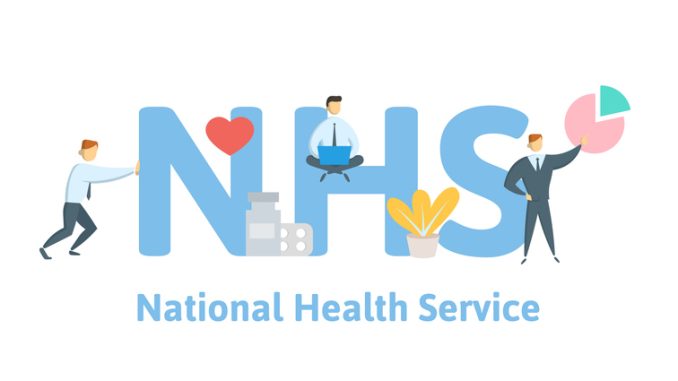
Join us as we delve into a visionary approach to transform primary care, paving the way for a brighter future in healthcare.
CREDIT: This is an edited version of an article that originally appeared on NHS Confederation
Imagine a primary care system that’s not just robust but empowered, connected, and highly respected. One that thrives, with recognition, investment, and collective responsibility at its core. This vision hinges on six foundational pillars, steering us towards a future where primary care delivers tailor-made services and fosters health creation within communities.
Foundations for transformation
Pillar 1: Agency for innovation and influence
The success of future primary care hinges on its ability to ease workloads, foster workforce diversity, and address infrastructure challenges. Collaboration with health and care partners at scale offers a path to achieve these goals and enhance individual and population health journeys. Primary care’s pivotal role in Integrated Care Systems (ICSs) necessitates commitment from national, regional, and local stakeholders. By empowering primary care and its communities, we can create an environment of shared responsibility, financial equity, and inclusive decision-making.
Notably, 95% of NHS activity occurs in primary care, where every £1 invested yields a £14 efficiency impact, far surpassing the rest of the NHS at £4. With the right support, primary care can trigger substantial shifts in outcomes and efficiency by leveraging shared resources, integration, and innovation. Embracing the Fuller stocktake’s proposal to empower primary care in leading integrated neighbourhood teams (INTs) ensures care aligns with evolving patient needs.
Pillar 2: Citizens as partners
Inverting the accountability pyramid is key, empowering patients and communities to manage their health proactively. Education, technology, and strengths-based care approaches can assist patients in making informed decisions. A recent study by the NHS Confederation and Google Health revealed widespread enthusiasm for using technology in self-managing health.
Primary care, deeply embedded in communities, is ideally positioned to support patients in this transition, ensuring they gain control over their health, enhancing collaboration between healthcare professionals and patients, and enabling more complex clinical appointments. Integrated health and care providers across neighbourhoods, places, and systems will facilitate seamless service delivery and patient independence.
Pillar 3: Right care, right place
Achieving personalised, streamlined, and preventative care at the right scale is the goal. Primary care’s vitality lies in its various forms, including the successful general practice partnership model. To thrive and meet integrated care systems’ goals, primary care needs to transcend practice-level boundaries and take on leadership roles at place and system levels.
Recognising that different populations and partners necessitate various organisational forms, our vision emphasises at-scale general practice beyond practices to enhance sustainability and embrace economies of scale. Collaborations like super partnerships, primary care networks, and GP federations, where successful, should receive support and recognition for their innovative approaches to local care.
Pillar 4: Commitment to access and equity
Prioritising equitable access to a full spectrum of services, whether preventative, proactive, or reactive, is crucial. Siloed and competitive care models must evolve into impact-driven interactions. The future model’s success should not be gauged by the number of contacts but by the achieved outcomes.
Pillar 5: A unified workforce
Integrated neighbourhood working extends beyond primary care and the NHS. It demands collaboration across the community, placing local citizens at the core of solutions for health and care needs. ‘Teams of teams’ in integrated neighbourhoods, led by primary care, shift from disease management to holistic community wellbeing support.
Pillar 6: Population health management
Effective population health management enhances the wellbeing of entire communities, reducing health inequalities within and across populations. While GP practices and community providers understand their populations, at-scale collaborations like Primary Care Networks (PCNs) can offer interventions across larger populations. Leveraging their scale for data, digital tools, and integration, they bridge the gap between health and community partners, ensuring better-informed, supported, and connected care.
Pioneering modern healthcare
Practice managers play a pivotal role in realising this vision. By promoting and empowering PCNs and at-scale general practice, this vision can transform primary care into a forward-ready, adaptable, and responsive system that fulfils contemporary functions and aspirations.



Be the first to comment